Found a total of 10000 related content
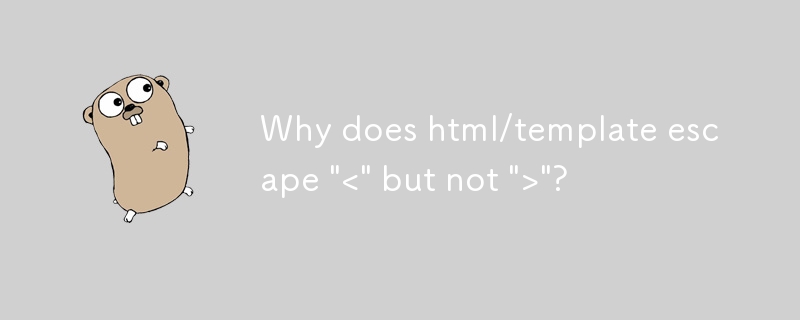
Why does html/template escape \'\'?
Article Introduction:Understanding HTML/Template EscapingAn issue has been raised regarding html/template unnecessarily escaping "
2024-11-04
comment 0
976

HTML `template` Tag for Client-Side Templating
Article Introduction:Using HTML template tags as client templates is a lightweight, dependency-free dynamic content insertion scheme. 1. template is a lazy container introduced by HTML5, and the internal content will not be parsed or rendered; 2. Get and clone its content through JavaScript, fill in the data and insert it into the DOM, which is suitable for repeated structures such as user lists; 3. When using it, scripts, styles and data bindings need to be processed manually; 4. It is suitable for small projects or low-complexity components, while large projects are recommended to use frameworks such as React/Vue instead.
2025-07-23
comment 0
918

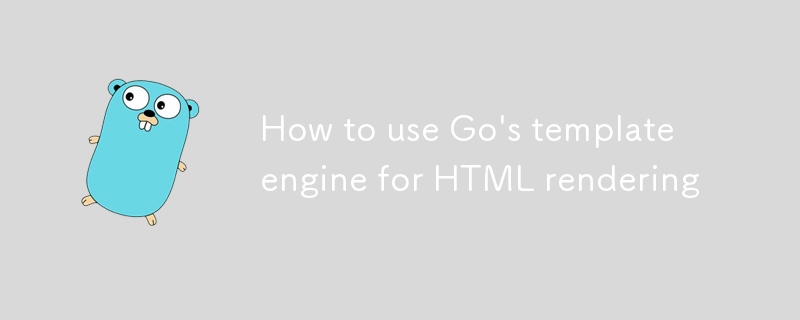
How to use Go's template engine for HTML rendering
Article Introduction:Go's html/template package provides secure dynamic HTML rendering through automatic HTML escape. It uses ParseFiles to parse template files, Execute performs data filling, supports conditional judgment, looping, template inheritance and custom functions. It should avoid embedding complex logic in the template and parsing the template at one time when the server starts to improve performance, and ultimately achieve a clear separation of logic and presentation.
2025-08-26
comment 0
995

How to use go embed with html/template?
Article Introduction:Using Go's embed package combined with html/template, HTML templates can be packaged directly into binary files. 1. Create a .html file in the templates/ directory; 2. Embed the file system into variables with //go:embedtemplates/*.html; 3. Use template.ParseFS (templateFS, "templates/*.html") to parse the template; 4. Render the specified template through ExecuteTemplate. To support subdirectories, you need to add templates/users/*.html or Go1.20's ** recursive mode;
2025-07-30
comment 0
456
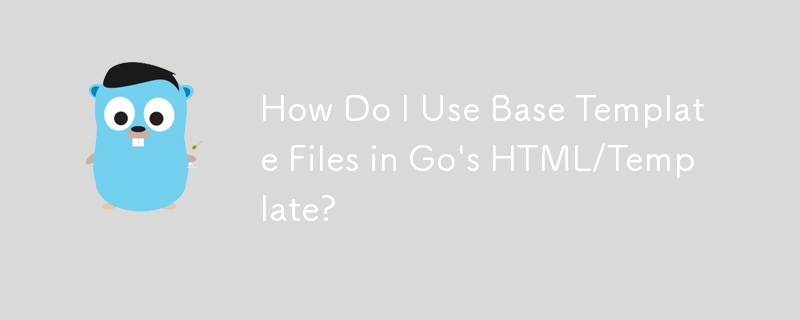

HTML5 Template: A Base Starter HTML Boilerplate for Any Project
Article Introduction:Building your own HTML5 template: A concise guide
This article will guide you on how to create your own HTML5 template. We will step by step explaining the key elements of the HTML basic template, and finally providing a simple template that you can use and further build.
After reading this article, you will have your own HTML5 template. If you want to get the HTML template code now, read this article later, here is our final HTML5 template.
Key Points
HTML5 templates, as reusable templates, contain the necessary HTML elements, help avoid repeated code writing at the beginning of each project.
A basic HTML5 template should contain document type declarations, elements with language attributes, and passed characters
2025-02-08
comment 0
772

Go language html/template package: the correct practice of template file parsing and rendering
Article Introduction:This article discusses the correct method of parsing and rendering template files in the Go language html/template package. In response to the common use errors of template.New and ParseFiles that beginners often make, the reasons are explained in detail, and a simplified and recommended solution is provided to directly use the template.ParseFiles function for template initialization and parsing. The article demonstrates the loading, execution and error handling of templates through sample code, aiming to help developers efficiently and securely integrate HTML template functions in Go applications.
2025-09-02
comment 0
583
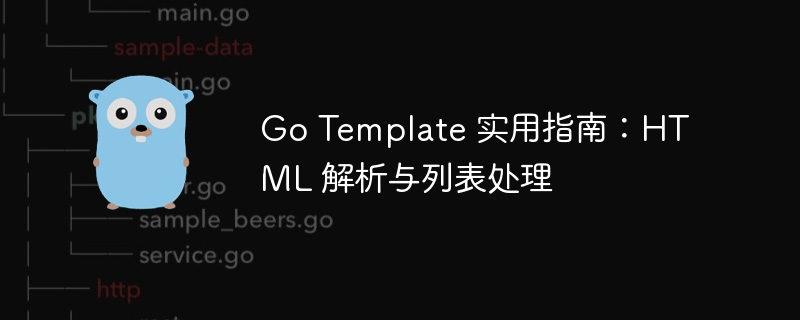
Go Template Practical Guide: HTML parsing and list processing
Article Introduction:This article aims to provide a practical guide to the html/template package in the Go language, focusing on how to parse HTML files and process list data. We will help developers master the core concepts and usage techniques of Go template through sample code and detailed explanations to efficiently generate dynamic HTML content in web development.
2025-08-25
comment 0
471
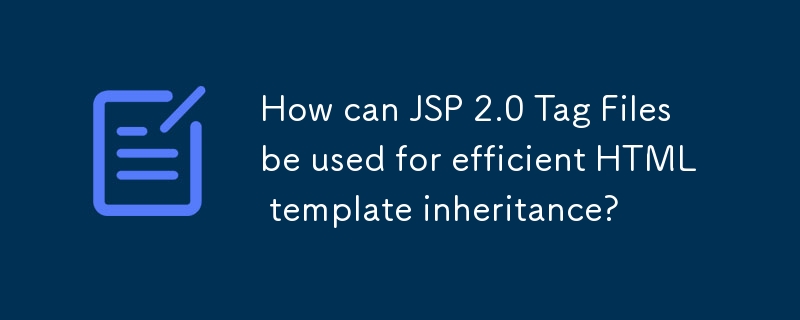
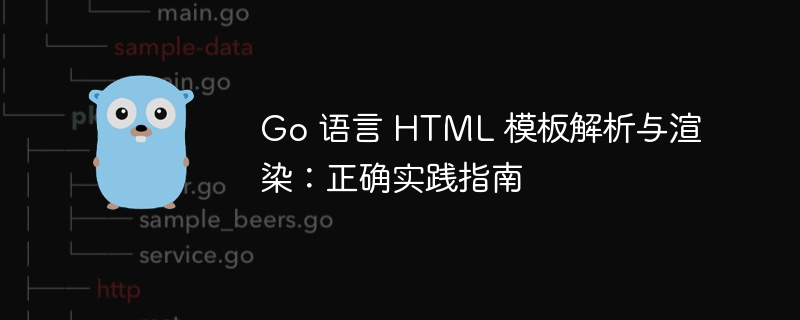
Go Language HTML Template Analysis and Rendering: A Guide to Correct Practice
Article Introduction:This article introduces in detail the correct parsing and rendering methods of HTML templates in Go language. The focus is on how to use the html/template package efficiently to avoid the common error of repeatedly creating template instances when calling ParseFiles. The standard process of loading templates from files and outputting content through sample code is demonstrated to ensure that the template functions are functioning normally.
2025-09-05
comment 0
556
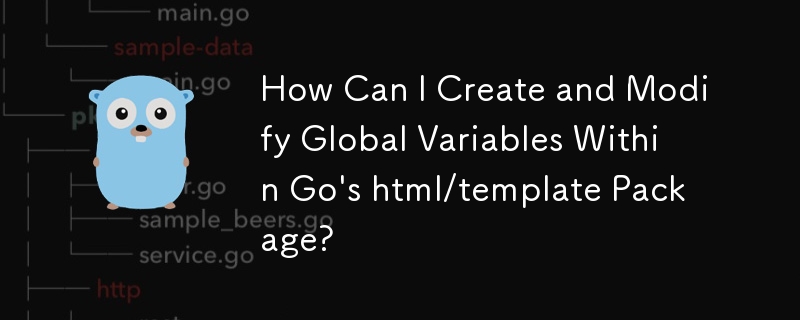

Deep Dive into HTML `template` Tag
Article Introduction:It is a lazy container used in HTML to store unrendered content. The browser will not parse its internal structure or load resources until it is explicitly inserted into the DOM through JavaScript. Its advantages include better performance, safer, and clearer semantics; the usage steps are: 1. Define the template content; 2. Get the template content (via .content); 3. Insert the page using document.importNode(); it is also widely used in modern frameworks such as Vue and is compatible with mainstream browsers.
2025-07-30
comment 0
755

Implementing nested templates in Go language: Practical guide based on html/template standard library
Article Introduction:The Go language's html/template standard library supports nested layouts by defining and combining multiple named templates, similar to the template inheritance mechanism of Jinja or Django. Developers need to manually parse template files and build template collections, and then render the page by executing specific blocks, taking advantage of advanced features such as context-sensitive escape of the standard library.
2025-09-13
comment 0
340

Getting to Know Cutestrap, a Lightweight CSS Framework
Article Introduction:Cutestrap: A Lightweight CSS Framework for Streamlined Web Development
This article explores Cutestrap, a lightweight CSS framework, demonstrating its capabilities through a simple one-page HTML template example.
Key Features:
Ultra-lightweight: We
2025-02-21
comment 0
886
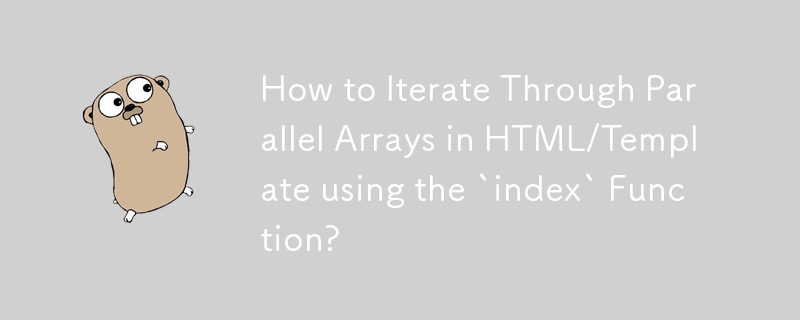

What is the purpose and usage of the html template element?
Article Introduction:The HTML element is used to store HTML structures that are not rendered immediately. It is cloned through JavaScript and inserted into the page to achieve reuse and dynamic update of content. The advantage is to keep the page clean and avoid flickering of unreleased content; it is often found in duplicate UI components, dynamic page updates and template localization management. Specific usage steps: 1. Define the template tag with id; 2. Cloning the content with document.importNode; 3. Modifying the cloned node data; 4. Insert it into the DOM. Notes include avoiding ID conflicts, using class selectors, deep copy nodes, and placing template locations reasonably. In addition, the scripts in the template will not be executed automatically. You need to manually touch the page after inserting it.
2025-07-09
comment 0
624
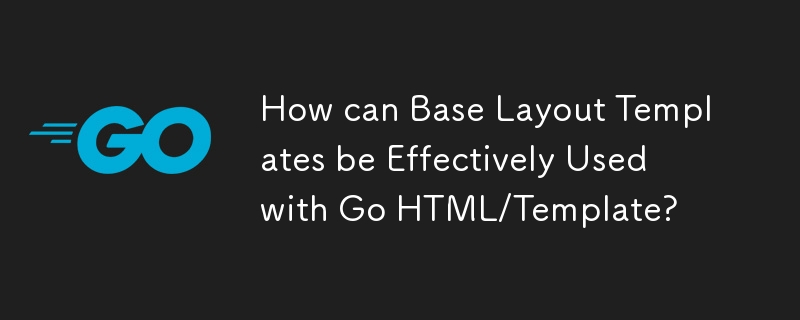

What is the HTML template tag?
Article Introduction:Tags are containers used in HTML5 to store lazy content. They are not directly rendered when the page is loaded, but can be dynamically extracted and used through JavaScript. It is suitable for scenes where the same structure needs to be created repeatedly, such as generating lists, cards, or pop-ups. 1. The UI component structure can be predefined to improve component development efficiency; 2. Reduce the amount of code used by JS to splice HTML to enhance maintainability; 3. Improve page performance, because the template does not participate in rendering at the beginning. The steps to use include: define the template structure in HTML, obtain and clone its contents in JavaScript, and insert the DOM after modification. Notes include: only effective in modern browsers, avoid directly embedding scripts or styles, and it is recommended to add class names or IDs for operation in complex structures.
2025-07-07
comment 0
905



















